Industries today demand efficiency, reliability, and cost-effective solutions to keep operations running at peak performance. One solution that has consistently delivered results across multiple sectors is the pneumatic system. These systems use compressed air to power pneumatic devices. They give businesses a simple yet powerful way to control motion. They automate processes and improve safety in everyday operations.
Pneumatic cylinders enable precision motion, and air compressors power pneumatic equipment efficiently. Industries rely on pneumatics because they are robust, adaptable, and efficient. Let’s explore the key benefits of pneumatic systems today. They remain a critical part of mechanical systems and fluid power applications.
A pneumatic system uses pressurized air as its power source. The basic principle is straightforward. An air compressor compresses air and stores it. It then releases air to drive motion or force through pneumatic cylinders and other devices.
By converting compressed air to power, businesses create controlled linear or rotary motion. This motion drives machines and supports heavy-duty applications. People often compare pneumatics and hydraulics because they both fall under the fluid power category.
While hydraulics use liquid for power transfer, pneumatics use air. This difference makes pneumatic systems cleaner, lighter, and safer in sensitive industries. These industries cannot tolerate leakage or contamination.
Pneumatic systems use compressed air at high pressures to create mechanical motion in large-scale operations. These systems offer high-speed performance and easy control via pneumatic components such as actuators and valves.
They provide reliable power using pneumatic tools in different industrial applications. Pneumatic systems deliver safety, low maintenance, and durability for industrial control systems. They suit applications that need high force and a consistent flow rate.
Compressed air is one of the most reliable pneumatic power sources in industrial settings. Since air is readily available, it ensures stable operation without worrying about electricity fluctuations or fuel shortages. The flow rate of compressed air enables high-speed and precise mechanical motion. It improves the efficiency of control systems and pneumatic actuators.
A pneumatic system uses air instead of flammable fluids, eliminating fire hazards in sensitive industries. This makes it a preferred choice in chemical plants, mines, and manufacturing environments. Operators use pneumatic components such as control valves and pneumatic tools. They reduce accident risk and maintain smooth, high-pressure performance.
Among the top advantages of pneumatic systems is their affordability. Pneumatic components and actuators generally cost less than hydraulic or electric components and actuators. With fewer moving parts, they require less maintenance, saving money. Their high-speed operation and consistent flow rate make them ideal for material-handling systems. These systems value both efficiency and cost-effectiveness.
A pneumatic setup is simple yet powerful, consisting of an air compressor, a pneumatic actuator, and a control valve. These systems are easy to assemble, repair, and integrate with other control systems. Because of this simplicity, pneumatic systems work reliably in many industrial applications, reducing downtime and ensuring continuous operation at high pressures.
Engineers design pneumatic systems to endure extreme temperatures, dust, and moisture. Their durability allows them to maintain consistent flow rates and high-force output even in harsh environments. The mining, packaging, and food processing industries use pneumatic technology for large-scale, high-speed operations. These tasks demand both strength and reliability.
Whether linear or rotary, pneumatic systems adapt effortlessly to the desired mechanical motion. With pneumatic actuators and control valves, they provide precise control over flow rate and movement. This flexibility makes it ideal for large-scale industrial automation. Controlled motion, high pressure, and speed are critical for performance.
When comparing pneumatics and hydraulics, both are part of fluid power technology, which includes pneumatic and hydraulic systems. However, pneumatics stands out for industries where cleanliness, safety, and simplicity matter.
For industries that need moderate force with quick response times, a pneumatic system is a clear choice.
Industries use pneumatic systems to power tools, actuate valves, and control machinery. Because of their reliability and ease of maintenance. Common industries include manufacturing, automotive, and packaging, where compressed air enables efficient, precise operations.
Automation heavily relies on pneumatic equipment because it delivers consistent force and motion. Robots, assembly lines, and packaging machines depend on pneumatic system components for speed and reliability.
Warehouses and logistics centers use pneumatic systems in conveyors, lifts, and sorting machines. With the advantages of compressed air, companies move materials quickly while reducing strain on workers.
Tough environments call for tough solutions. Pneumatic equipment powers drills, hammers, and lifting systems where electrical systems may fail because of dust or explosive risks.
A typical pneumatic system includes:
Each of these pneumatic system components works together to ensure seamless, efficient operation.
Here are some of the benefits of pneumatic systems in industries:
Using compressed air to power pneumatic devices reduces reliance on electricity alone. Pneumatic devices harness compressed air, reducing dependence on electrical energy, and enhancing overall energy savings.
Pneumatics integrate easily into both new and existing mechanical systems. Easily integrated into both new and existing mechanical systems, pneumatics offers flexible solutions across various industries.
With no oil spills or liquid leaks, the system promotes eco-friendly practices. With no risk of oil spills or fluid leaks, pneumatic systems support environmentally friendly operations and cleaner work environments.
Businesses expand their pneumatic systems without complex redesign. Businesses can expand or modify pneumatic systems with minimal redesign, enabling them to grow without major infrastructure changes.
Pneumatic power delivers consistent results, reducing downtime and maximizing work efficiency. Delivering reliable and consistent performance, pneumatic systems help reduce downtime and boost operational efficiency.
As industries continue to evolve, the benefits of pneumatic systems remain vital. Smart automation and IoT integration now allow real-time monitoring of pneumatic equipment. This ensures predictive maintenance, energy optimization, and better decision-making. Emerging designs also make pneumatics and hydraulics more interconnected, blending the strengths of both. The clean, simple, and cost-effective nature of pneumatics ensures its major role in industry.
A pneumatic system offers industries a combination of reliability, safety, and cost savings that few other systems match. They provide controlled linear or rotary motion and adapt to various industrial applications. They withstand harsh environments and remain essential to today’s industrial landscape. Pneumatic systems require substantial compressed air to operate efficiently. Their advantages in automation and energy efficiency make them a preferred choice for many industries. By leveraging the benefits of pneumatic systems, businesses improve efficiency, cut costs, and strengthen operations.
With eINDUSTRIFY as your trusted platform, you access the right pneumatic system components. You build solutions that work seamlessly across industries. Our platform connects buyers with trusted suppliers of pneumatic system components. It ensures you get the best quality at competitive prices. From pneumatic cylinders to air compressors, we help you find everything your operations need.
When you choose eINDUSTRIFY, you choose:
Tags: Pneumatic System Pneumatic Cylinders Pneumatics And Hydraulics Pneumatic Systems Require Pneumatic And Hydraulic Systems Pneumatic Devices Advantages Of Pneumatic Systems Pneumatic System Components Pneumatic Equipment
RECENT POSTS:

Best Industrial Sensors for Automation

Uses of Industrial Control Equipment
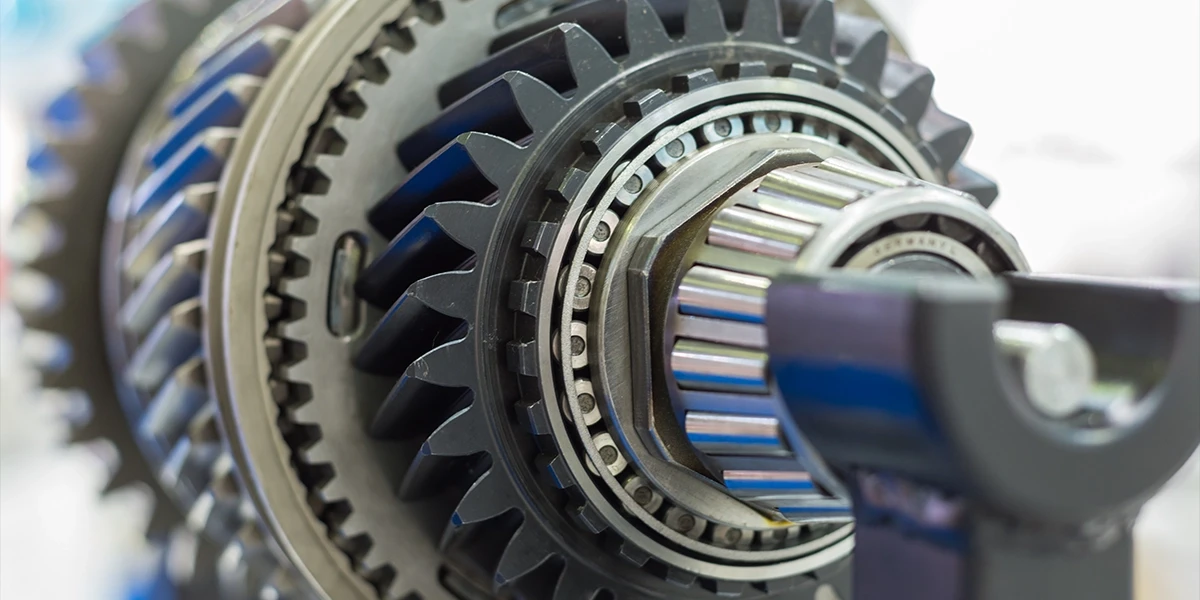
Top Bearings and Power Transmission Solutions

Buy Battery Energy Storage Systems Now
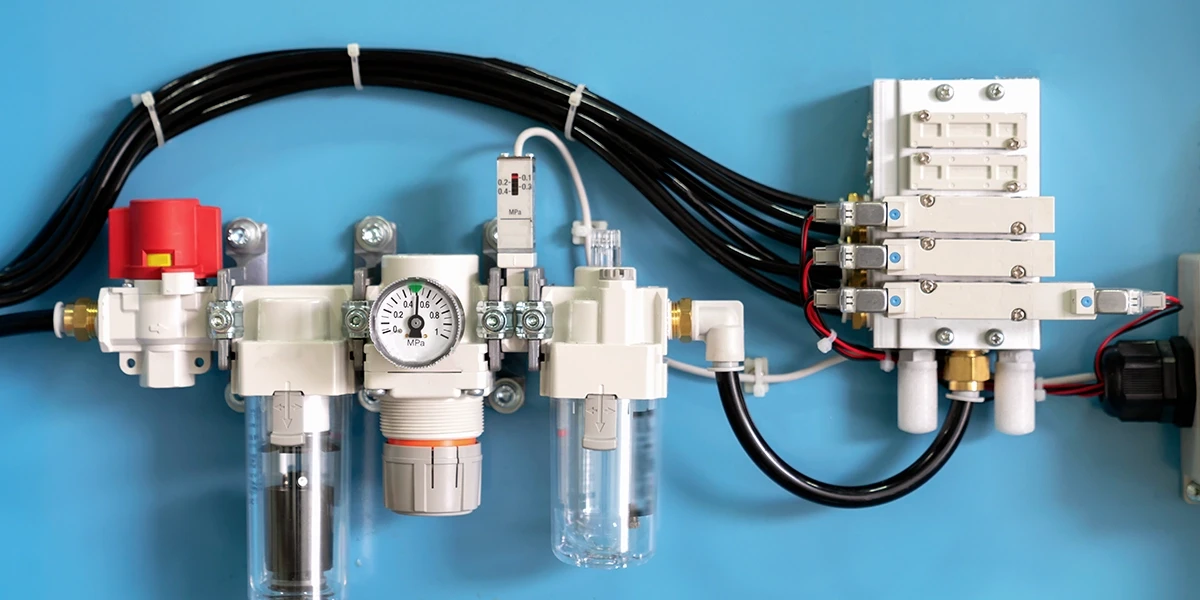
Benefits of Pneumatic Systems Today
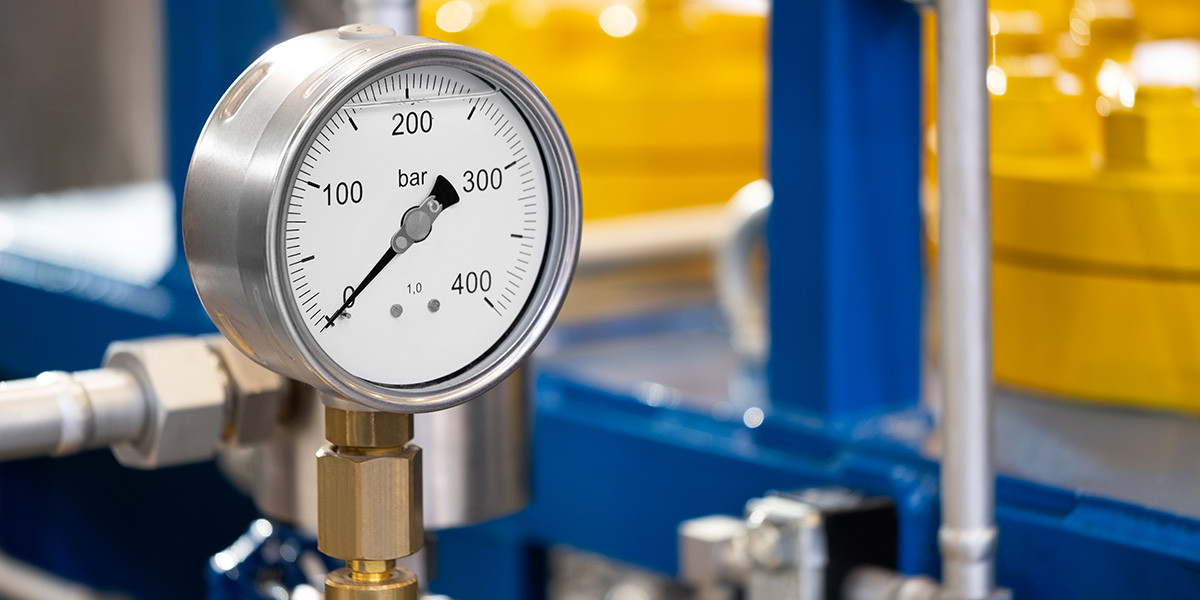
Durable Air Regulator Valve for Heavy-Duty Industrial Use
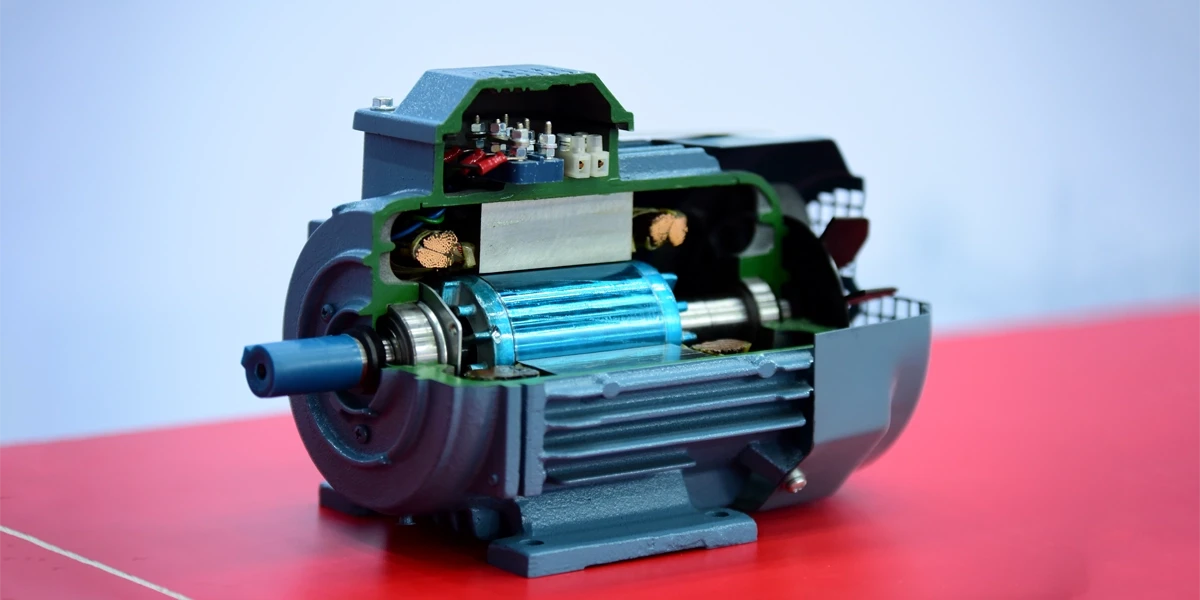
Power Motors Drive Today’s Industries
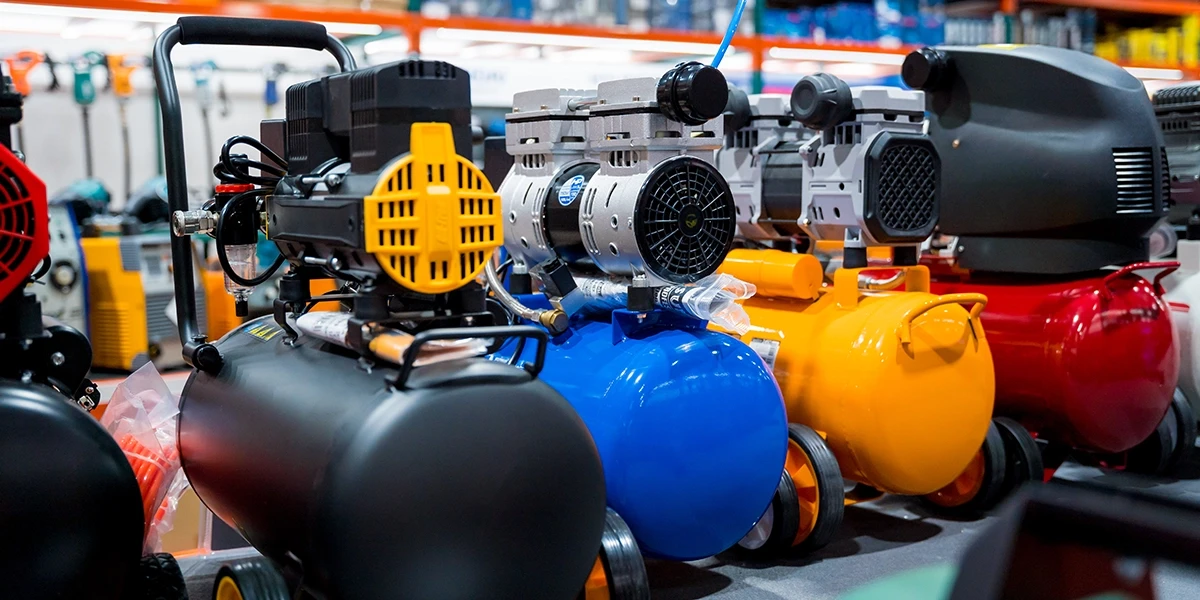
Electric Air Compressor Buying Guide